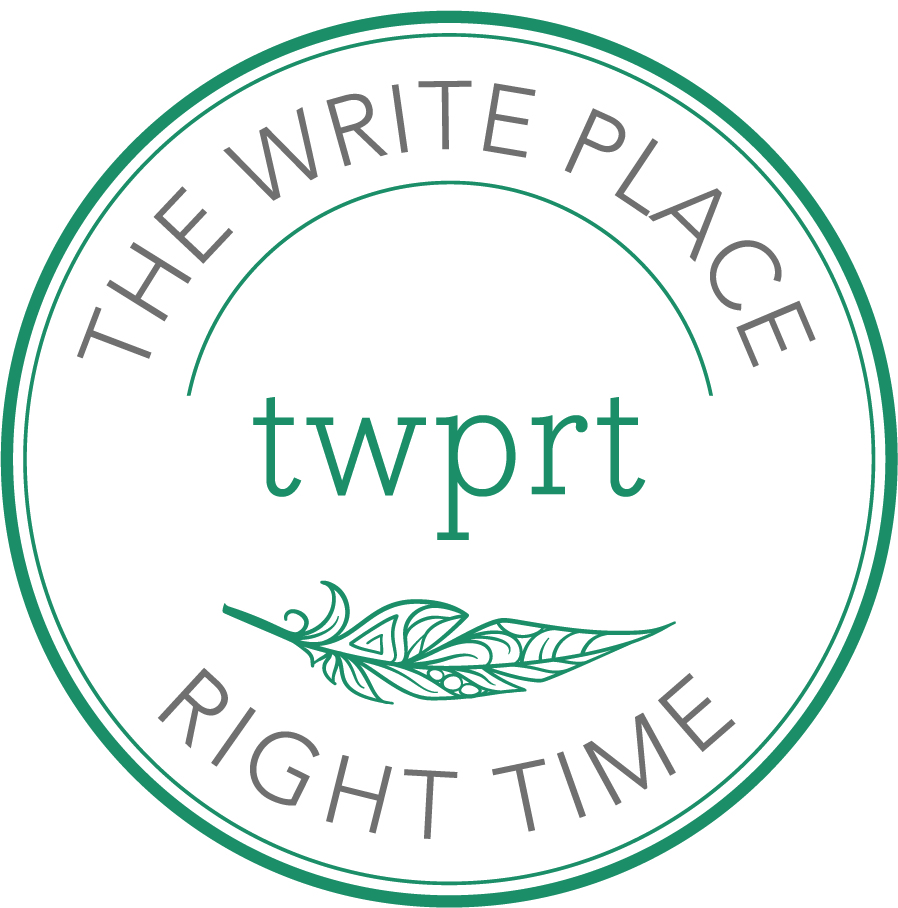The New Year is here and it’s a great time to start thinking about what content you’ll be producing in these coming months.

The New Year has just begun and it’s an exciting time for business owners, writers, and anyone alike since it’s a fresh start or a blank page, as it were. It’s a time to reflect on what we’ve achieved and to look back on all of the good we’ve put out into the world. It’s a time for planning and looking forward to what’s new and what's coming. The Write Place, Right Time is here to help you reflect and continue on your upwards journey to greatness. In this post, we have twelve ways to repurpose content you’ve already created, twelve ways to invent new content, and twelve ways to get inspiration to get your ideas flowing.
Repurposing Content
What we’re looking to do is get the most out of the work you’ve already done. There’s so much potential for the content you already have. Here are twelve ways to take that content and change it up to engage and inspire your audience
- Find a topic to expand on in a cornerstone piece: Look through your bigger posts and find any headers or asides that don’t feel fully explored. They might be good topics to expand on in a smaller post.
- Condense smaller pieces into a cornerstone piece: If you see a common thread among blog posts think about combining them into one longer, concise post.
- Reimagine written content in a video format: Videos can be posted anywhere and can take many forms. The only limit to what can be made into a video is your imagination.
- Turn a post into a presentation: If you find yourself frequently giving presentations why not use a few of your blog posts as fodder for a new webinar, keynote, or workshop.
- Create talking points from your content: Have you been invited to an interview? Look for talking points or potential answers in the content you’ve already produced.
- Repurpose social media posts into blog posts: A post on social media could become a part of a new blog post or its own post altogether.
- Turn snippets of blog posts into social media posts: Likewise, you can use tidbits of a blog post on social media to engage with your audience.
- Use snippets of blog posts to nurture your email list: Similar to social media using snippets can engage and bring in your audience to read your posts.
- Write a reflection about a topic you've learned more about: People never stop learning and if you have something to add to a topic why not write a follow-up.
- Turn blog posts into a book: Have a blog filled to the brim with thematically similar content? Maybe it’s time you publish a book.
- Write a year in review: Write a post detailing some big takeaways and important notes from what you published last year or what your business accomplished.
- Start using internal links: Now that you have all this content. Start linking to it.

Inventing Content
Reusing content is one thing but creating fresh content is another. Planning and brainstorming posts is an important part of the process and it can be easy to get stuck in writer’s block unable to think of anything new. So here are twelve ideas to help you churn out some premium new content in this New Year.
- Write about what’s happening in the New Year: Show your audience what’s in the works for this coming year.
- Answer frequently asked questions: Have a common question people ask? Answer it in a blog post or on social media or in a newsletter.
- Have someone guest blog: Pitch to someone working in your field or close to it and have them create some content for your website.
- Make a video post for your blog: Takedown the major concepts and ideas of a blog post and create a video. Audio and visual posts may be more approachable to some of your audience members.
- Write about an event you're planning or an event you attended: Get the news out about what’s going on with your business. Tell your audience why the event is important.
- Create a presentation for your blog or to provide as a new free webinar: A presentation can be a good way to create a good balance of written and visual engagement.
- Use an excerpt from your book: If you have a self-published book you can use an excerpt on your website or blog.
- Write a feature post about a class you’ve taught: Give people a taste of your teaching style and what you’ve got to show them.
- Write a case study: Create a case study to show your target audience what it’s like to work with you.
- Start an employee blog: Give your employees a chance to write about what your business is all about.
- Write about your first experience in the New Year: Set the tone for this New Year with a post about what’s happened so far.
- Try writing a listicle: Condense down some key points or ideas into a list for your audience. It’s easy to skim and low commitment for a reader.
Inspirations for Content
Content doesn’t come from thin air. It comes from your mind and takes a fair deal of creativity. It’s good to practice and write consistently to make sure your creative muscles stay sharp. So, we’ve compiled twelve exercises to get you started writing new content, especially when you’re feeling completely out of ideas.
- Use a story to answer a frequently asked question: Do you have a question you're frequently asked? Write down your answer in the format of a story using a personal anecdote.
- Write a reflective essay based on your own experiences: Write a list of what you think are your most formative experiences as a professional. See if you can determine a common thread between some of the experiences. Use these to write a short essay on your own growth and lessons you learned.
- Create a narrative blog post with your ideal audience in mind: Pitch to someone working in your field or close to it and have them create some content for your website.
- Write about a recent experience and what it’s taught you: Take a minute and think about the last experience you had that left an impact on you as a professional. Could your audience learn something important from this experience? Try to write your memory as a story and include important takeaways for your target audience.
- Take Inspiration and do a free write: Pick a piece of art you love. It could be a painting, a piece of music, a play, or anything really. Use it as inspiration for a free write. Once you’re done see if what you’ve written can be useful for your audience.
- Try writing one of your favorite anecdotes as a poem: Writing is both an art and an incredibly intricate craft. Details and imagery are the lifeblood of stories. Practice using imagery by writing one of your favorite anecdotes as a poem. Be conscious of metaphors and other writing devices.
- Use flashcards to brainstorm blog headers: Write down on flashcards the biggest takeaways you want your audience members to get from reading your blog. Organize top-down in what looks like the most logical progressions of ideas. Use them as headers for a single blog post or multiple posts if there are too many headers or the connections between headers are too vague.
- Write about the parts of entrepreneurship or business ownership you love: What is the thing that you get the most joy in doing as a professional. Write it down and then in writing try to describe that thing without directly saying what it is. See if you can capture both what that thing is literally and the emotions you feel.
- Record yourself telling a story then transform it into writing: Try recording yourself speaking and telling a story you would at a seminar or while giving a presentation. Write it down and try to trim it. Writing can be much more economical than spoken words and even more powerful. Take the time to condense your story and drive home the most important points.
- Use a story to introduce yourself to someone new: What is the first thing you would say to someone looking to work with you. Try to answer this question with a story. What is it you bring to the table and why should someone care?
- Write a flash fiction story about your favorite mantra: Think of something a mentor once said to you that has stuck with you until this day. Write a flash fiction, 300 word story, about how these words helped shape who you are. Make sure to have a clear arc to the story and try ending on something transformative.
- Tell a story that will show your audience who you are: How would you explain who you are to a stranger? If someone asked you what you do, what would you say? Think of an example of a time in your profession where you had a lasting impact on someone else. Use this experience to show people who you are in a blog post.If you want a set of professional eyes on your work or to set a plan in motion to take your work to the next level you can speak with a professional writer right here. If you’d like some more information on what working with a professional writer can do for your work you can check out other posts on our blog.

